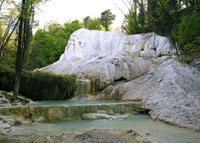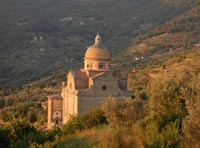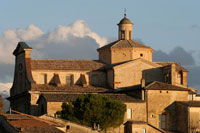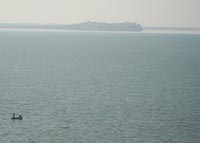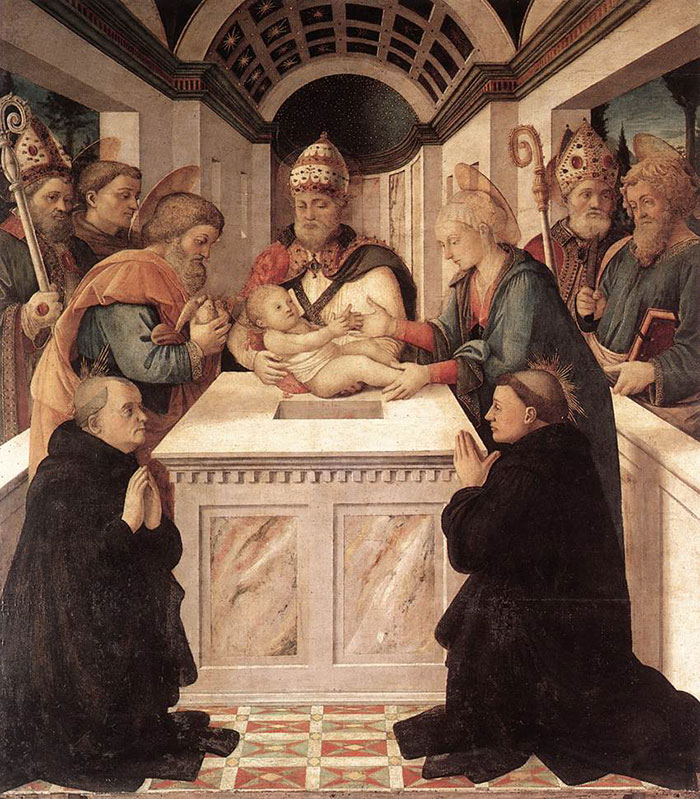 |
| Filippo Lippi, The Presentation in the Temple, 1460-65, panel, 188 x 164 cm, Santo Spirito, Prato, with St Philip Benizi on the left and St. Pellegrino Laziosi (Latiosi) on the right. |
Filippo Lippi and the portrait of St Philip Benizi |
| In spite of his secular activities Fra Filippo's late works are infused with religious feeling and are far more lyrical than the early ones. The Madonna in the Forest in Berlin, the Adoration of the Child in Florence and Prato and the popular Madonna with the Child in Florence are examples.
|
Philip Benizi was born on August 15 in the Florentine district of Oltrarno, the day the Blessed Virgin first appreared to the Seven Founders. He became the great propagator of the Order of the Servants of Mary (the Servites). When he was elected the general superior on June 5, 1267, the order, which had long been the object of attack from enemies, entered into the crisis of its existence. The Second Council of Lyons in 1274 put into execution the ordinance of the Fourth Lateran Council, forbidding the foundation of new religious orders, and absolutely suppressing all mendicant institutions not yet approved by the Holy See. In 1276 Pope Innocent V, in a letter addressed to St Philip, declared the order suppressed. Philip proceeded to Rome, but before his arrival there Innocent V had died.[1] |
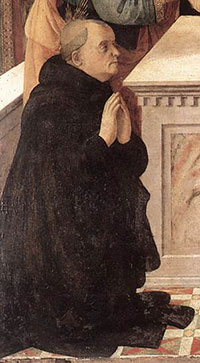 Filippo Lippi, The Presentation in the Temple, with a portrait of Felippo Benizi |
|
| Five scenes from his life were painted in the early 16th century by the Florentine Andrea del Sarto: "His Charity to a Leper," "The Smiting of the Blasphemers," "The Cure of the Woman Possessed with a Devil," "The Resurrection of Two Children near the Tomb of the Saint," and "The Veneration of his Relics." There is a statue of him on the Charles Bridge in Prague, Czech Republic. Designed in 1714, this statue was made from Salzburg marble and donated by the Servites convent in Prague. The statue portrays him holding a cross, a book and a spray. By his legs there is the crown of the pope. A clay model of this statue can be found in the Salzburg museum.[6] There is also a chapel dedicated to him in the church of San Marcello al Corso in Rome. |
||
[1] |
||||
|
||||
|
This article incorporates material from the Wikipedia article Philip Benizi de Damiani published under the GNU Free Documentation License. |
||||
Holiday accomodation in Tuscany | Podere Santa Pia | Artist and writer's residency |
||||
Podere Santa Pia |
Podere Santa Pia, garden view, December |
Bagni San Filippo |
||
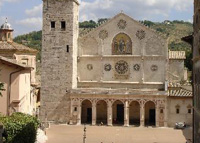 |
||||
The abbey of Sant'Antimo |
Cortona |
Spoleto, Duomo |
||
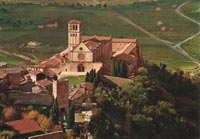 |
||||
Montefalco |
Lago Trasimeno |
Assisi |
||



